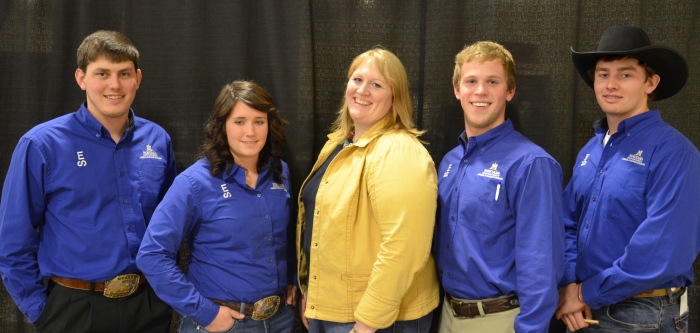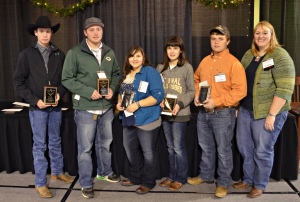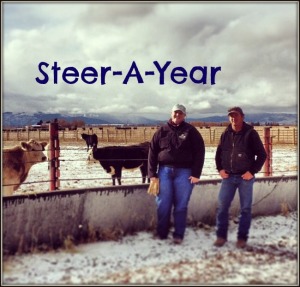Specialists, Generalists, and Working with People
 Dr. Rachel Endecott, Belgrade, MSU Extension Beef Cattle Specialist
Dr. Rachel Endecott, Belgrade, MSU Extension Beef Cattle Specialist
Sometimes, it seems that the world wants people who specialize. For example, my job title is Extension beef cattle specialist; however, “beef cattle” is a fairly general topic. In fact, I’m trained as a ruminant nutritionist, but I help folks with cattle reproductive physiology, genetics, marketing, health, and general management questions on a regular basis in addition to their nutrition questions. I’ve found that my clientele don’t care how I was trained; they just expect answers to their beef cattle questions. My ranch background and animal science training has made me pretty comfortable with the generalist role. And if you think my work makes me a Jill-of-all-trades, think about your county Extension agent. Many of you live in single-agent counties, where that one person handles all the questions that come into the office.
What kind of tree is this? What kind of bug is this? Is this bug killing my tree? Can you help out with the community forum on the new swimming pool? Can you test my pressure cooker before canning season starts? Can you come take a look at the damage the hailstorm did to my wheat? Should I test my grain hay for nitrates? And I’ll leave all the 4-H related questions up to your imagination! I’d encourage you to sit down with your county agent(s) sometime and ask about the variety in their job; you might be surprised.
At Mid Year, I was invited to speak at the Young Stockgrower meeting about issues and trends in the beef cattle industry. I’d say that was a pretty generalist topic, so I started with changes in the use of feed-grade antibiotics and we had a good discussion about that and a few other topics. At the end, all the speakers took questions as a panel, one of which was “What advice would you give to a young person who wants to talk to their folks or grandparents about making a change on the operation?”
My answer was this: Get some soft skill leadership training before you have that conversation. Now this might raise an eyebrow or two out there in MSGA readership land, and probably did that day in Miles City, too. But here’s where I’m coming from: in school, we choose our area of interest to study with the goal specializing in that area of interest, be it animal science, ag business or whatever. I think most would agree that as you enter the workforce (and for the rest of your career), you might have to generalize some depending on the job.
Did you learn about how to effectively work with people from other generations or different personality types? I know I didn’t. And (as I was reminded at the ranch rodeo by one of my clientele), I’ve gone to a lot of school! But you know what a major part of my job is? Working with people. I bet it’s a pretty big part of your job, too. What would it be like to have some training to help you work more effectively with people?











